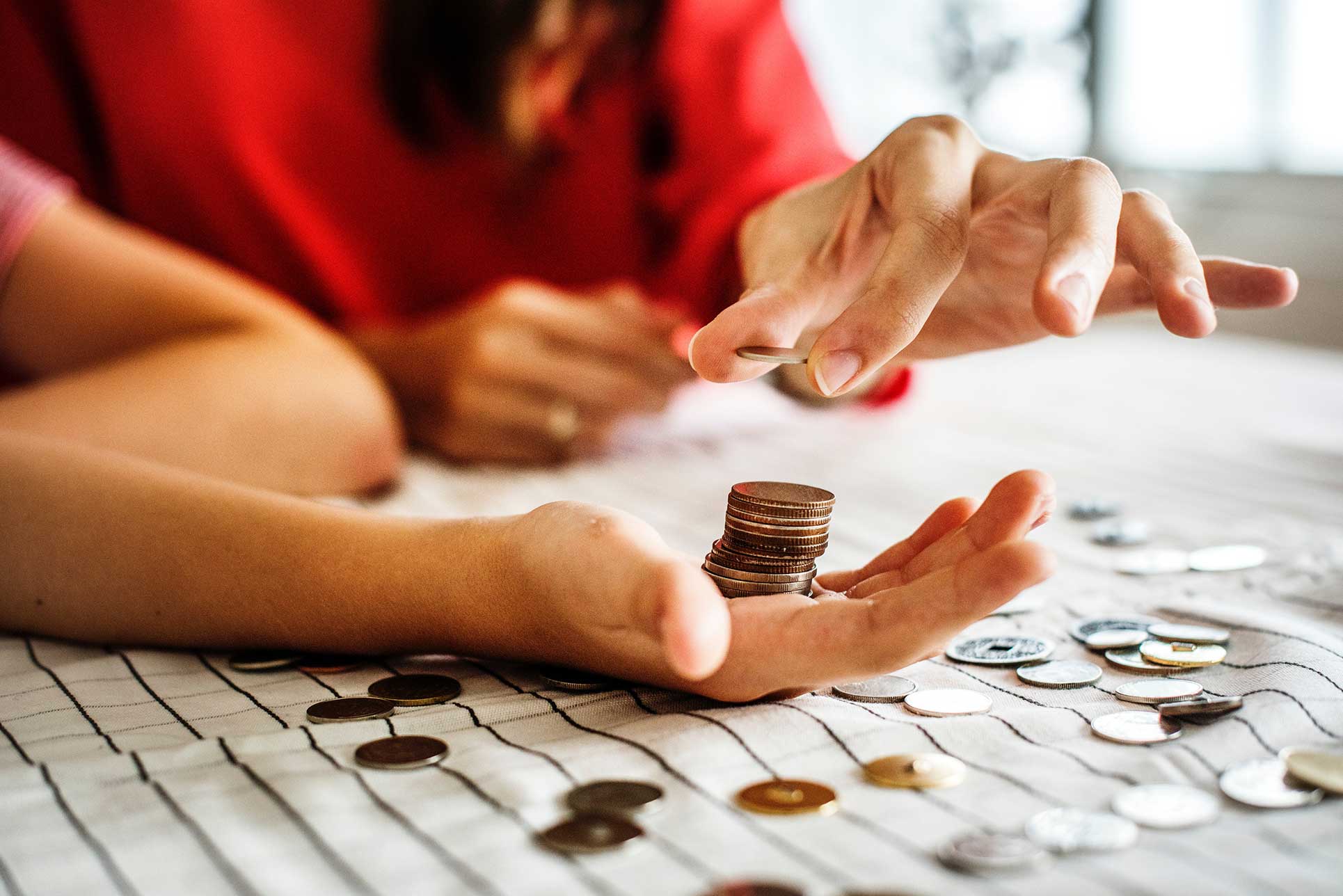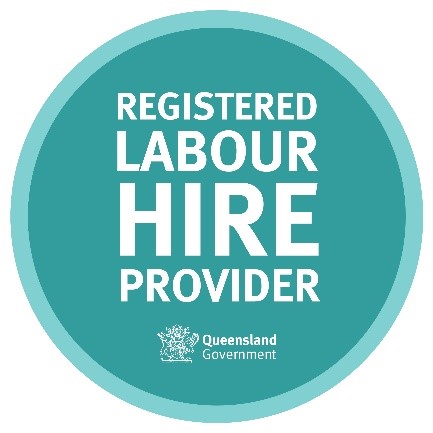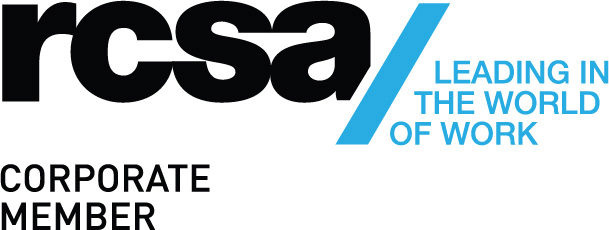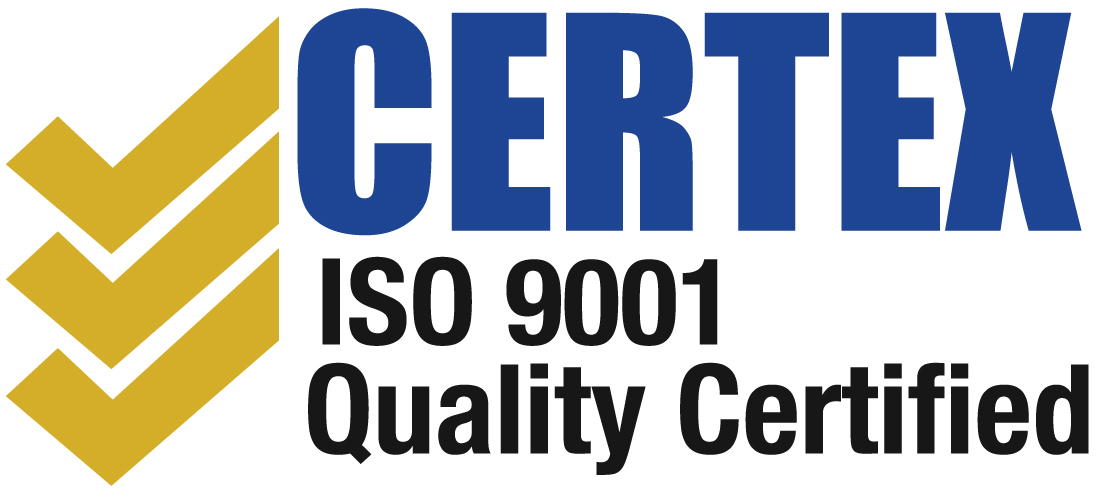- Burleigh Heads QLD 4220
PO Box 262, Varsity Lakes, Queensland, Australia 4227
Banking in Australia
Usually, wages are paid either weekly or fortnightly into an Australian bank account.
As you will be required to open an Australian bank account, we have compiled a list.
Banks are open Monday to Friday, from 9am until usually 4pm, depending on the branch. Additionally some banks open on Saturdays, from 9am until 12pm. ATMs (automated tellar machines) accompany most bank branches, and can be found throughout thousands of locations australia wide. Many retail outlets have Eftpos facilities for on-the-spot debit card payments.

Currency
Australian national currency comprises of coins & polymer banknotes. Coins come in denominations of 2 and 1 dollars, and 5, 10, 20, and 50 cents. Bank notes come in denominations of 5, 10, 20, 50, and 100 dollars. There is no limit to the amount of foreign or Australian currency you can bring in or take out of Australia, however amounts of AU $10,000 or more must be declared to Customs upon arrival or departure.
Income Tax
The Australian income tax year beings on 1 July and ends 30 June the following year. Australian Income Tax Returns can be lodged with the Australian Taxation Office (ATO) only after the tax year ends. It can be lodged through a tax agent or electronically via E-tax on the ATO website.
Each week or fortnight, you will receive a payslip with tax deducted. This is called Pay As You Go (PAYG). At the end of the financial year, you will be issued a Payment Summary through MyGov from the ATO. It is very important that you seek a professional tax agent to assist you in preparing your Australian Income Tax Return.
GST A 10 per cent Goods and Service Tax (GST) is added to most goods, services and other items sold or consumed in Australia. In most cases GST is included in the price displayed.
GST Refund (Tourist Refund Scheme)
The Australian government has created the TRS (Tourist Refund Scheme) which entitles travellers who are leaving Australia to a full refund of GST for goods provided you follow the following simple guidelines.
- The value of the goods must be over $300, or several products on a single invoice totalling over $300.
- The goods must be purchased within 30 days of your departure. So this could be the right time to buy your new laptop or camera. You can use this gear before you fly – it doesn’t need to stay sitting sealed in the box.
- You have to bring the goods to the airport as carry-on luggage. You can’t stow them in your checked luggage. That’s because you need to present the gear at the airport TRS office.
- You have to bring the invoice with you. There’s no special GST refund paperwork or duty-free forms to be issued at the store, just the everyday invoice. However, if the invoice exceeds $1,000 it’ll need to include your address. This is not normal practice at many stores so don’t be caught out.
The TRS refund offices are located past customs at the airport (called ‘airside’, in travelgeek-speak) so you’ll need to check in for your flight and make your way through customs before heading to the TSR refund office. There can be a bit of a queue so allow plenty of time – consider making this your first call, even before you hit the lounge.
Show the TRS officers your gear and your invoice, and hand over your credit card or bank account details so the 10% GST can be refunded.
* Please note, Nurse at Call is not a financial advisor. This is meant to be a guide only and all information provided should be reviewed with professional consultation.




